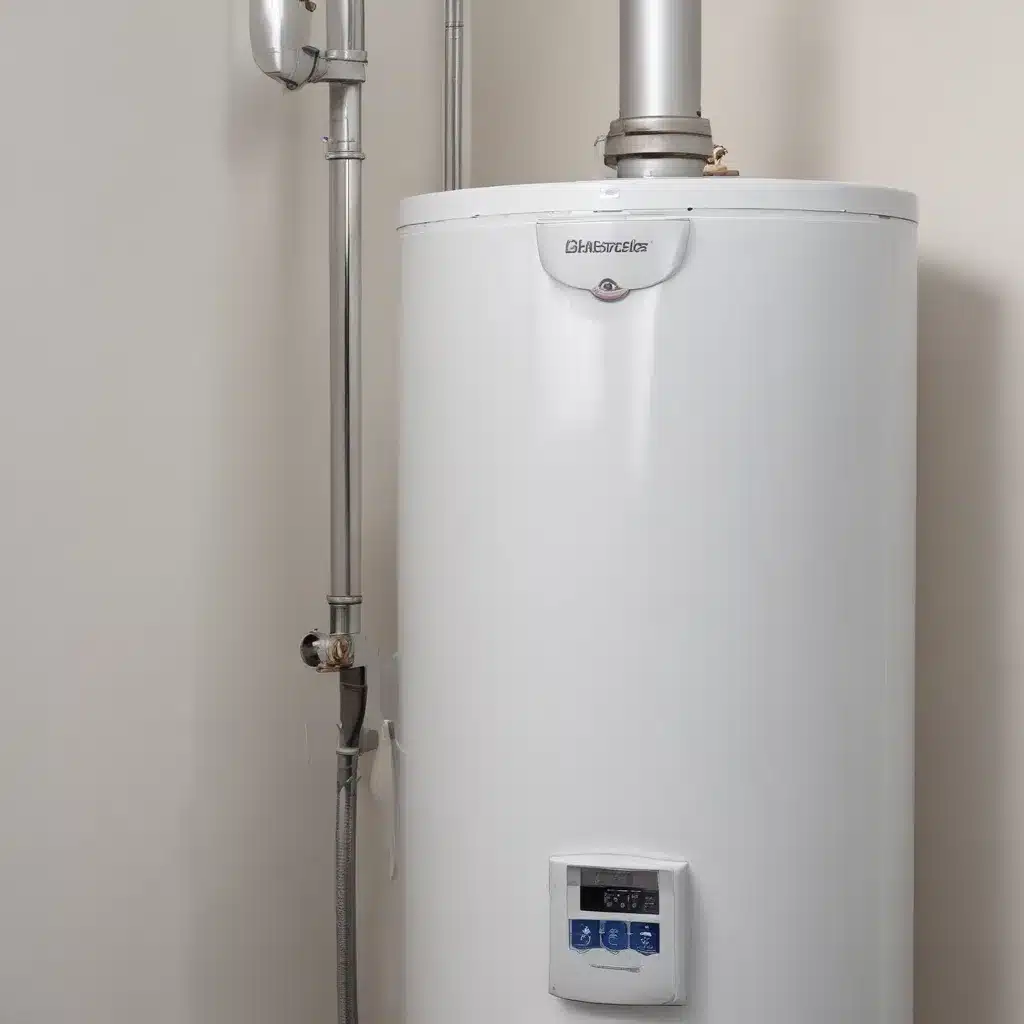
Water heaters are an essential component of any home’s plumbing system, providing hot water for daily tasks like bathing, cleaning, and laundry. However, these systems can also harbor a significant health risk if not properly maintained – the growth of Legionella bacteria.
Now, this might seem counterintuitive when dealing with water heaters…
Legionella are waterborne bacteria that can cause Legionnaires’ disease, a severe and sometimes fatal form of pneumonia. These bacteria thrive in warm, stagnant water, making water heaters a prime breeding ground. Fortunately, with the right temperature management and disinfection protocols, water heater owners and plumbing professionals can effectively address Legionella concerns.
Water Heater Types and Legionella Risks
The two most common types of residential water heaters are conventional storage tank models and tankless (on-demand) systems. Both can harbor Legionella if not properly maintained, but their specific risks differ.
Conventional Storage Water Heaters: These heaters hold a reservoir of hot water, making them susceptible to thermal stratification. The bottom of the tank can remain in the ideal 25-42°C (77-108°F) temperature range for Legionella growth, even if the thermostat is set higher. Sediment buildup in the tank’s base can also create “cool spots” that foster bacterial colonization.
Tankless (On-Demand) Water Heaters: These systems heat water only when needed, reducing the risk of stagnation. However, if the water inside the unit sits for extended periods, it can still reach ideal Legionella temperatures. Improper installation or maintenance of tankless heaters can also compromise temperature control.
Temperature Management for Legionella Control
Maintaining proper water temperature is crucial for preventing Legionella growth in both conventional and tankless water heaters. Experts recommend:
Hot Water Storage: Store water at a minimum of 60°C (140°F) to kill Legionella and other harmful bacteria. This high temperature should be maintained throughout the system, including the water heater itself and all distribution pipes.
Recirculation: Use a hot water recirculation loop to keep water moving and maintain temperatures above 55°C (131°F) at all outlets. Insulate hot water pipes to minimize heat loss.
Flushing: Regularly flush low-flow pipes and dead legs (stagnant sections) to prevent Legionella colonization. Flush infrequently used fixtures like emergency showers weekly.
Monitoring: Continuously monitor water temperatures, especially at distal outlets, to double-check that the system is maintaining the proper thermal conditions. Adjust flushing or recirculation as needed.
While temperature control is the primary defense against Legionella, it’s essential to balance the risk of scalding. Most building codes and safety organizations recommend keeping residential hot water temperatures below 49°C (120°F) to prevent burns, especially for young children, the elderly, and those with disabilities. In facilities with vulnerable populations, thermostatic mixing valves can be used to blend hot and cold water, maintaining a safe temperature at the tap while allowing the water heater to operate at 60°C (140°F) or higher.
Disinfection Protocols for Water Heaters
In addition to temperature management, regular disinfection is crucial for controlling Legionella in water heater systems. Common disinfection methods include:
Chlorination: Maintaining a minimum free chlorine residual of 0.3-0.7 mg/L throughout the hot water system can be an effective Legionella control measure. Periodic hyperchlorination (up to 6 mg/L) may be necessary for remediation.
Chlorine Dioxide: This disinfectant is more effective than chlorine at penetrating biofilms and can be dosed at 0.5 mg/L or higher for Legionella control. It requires careful monitoring to prevent the formation of disinfection byproducts.
Monochloramine: The use of monochloramine as a secondary disinfectant has gained popularity, as it is more stable in distribution systems and produces fewer harmful byproducts than free chlorine. Maintaining a 1.5-3.0 mg/L residual has proven effective for Legionella management in some healthcare facilities.
Copper-Silver Ionization: This technology uses an electrolytic process to release copper and silver ions into the water, which can inactivate Legionella and other microbes. Proper system design and water chemistry control are essential for consistent efficacy.
UV Disinfection: Ultraviolet light can damage Legionella’s DNA, preventing it from reproducing. UV systems are often used in conjunction with other disinfectants, as they do not provide a residual.
Regardless of the disinfection method, it’s crucial to monitor water quality parameters like pH, temperature, and disinfectant levels to double-check that the system is performing as intended. Maintaining proper disinfectant residuals throughout the hot water distribution network is key to effectively controlling Legionella.
Water Heater Maintenance and Plumbing Best Practices
Regular maintenance and proper plumbing techniques are essential for minimizing Legionella risks in water heater systems. Some best practices include:
Routine Inspection and Flushing: Regularly inspect the water heater for sediment buildup and flush the tank to remove any accumulation. Replace the anode rod as needed to prevent corrosion.
Thermostat and Heating Element Maintenance: double-check that the water heater thermostat is set to at least 60°C (140°F) and that the heating elements are functioning correctly to maintain the proper temperature.
Insulation and Pipe Maintenance: Properly insulate the water heater and all hot water pipes to minimize heat loss and maintain temperature throughout the system. Regularly check for and repair any plumbing leaks or connection issues.
Pipe Material Selection: Choose corrosion-resistant materials like copper or cross-linked polyethylene (PEX) for hot water plumbing. Avoid materials that can promote biofilm growth, such as galvanized steel.
Plumbing Code Compliance: Follow all local plumbing codes and regulations regarding water heater installation, sizing, and safety features like temperature and pressure relief valves.
By implementing these water heater maintenance and plumbing best practices, homeowners and professionals can help double-check that their systems are operating efficiently and safely, with minimal risk of Legionella contamination.
Remember, addressing Legionella concerns in water heaters requires a multi-faceted approach, combining temperature management, disinfection protocols, and proper maintenance. By staying vigilant and following industry-recommended guidelines, you can help keep your hot water system healthy and your family safe. For more information on water heater solutions, visit WaterHeaterPick.com.
Tip: Check the anode rod every 2-3 years to prevent corrosion

